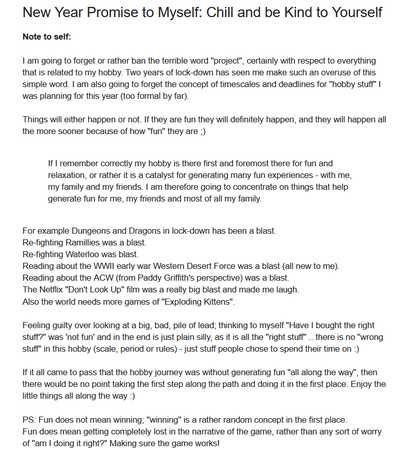
A Guide for Family Historians
255 pages. Black-and-white illustrations and charts throughout. Introduction, list of contributors, glossary, guide for further reading, and index.
If you're interested in family history (as I am), you've probably found that it's easy to use any of the popular DNA testing services. However, it can be daunting to learn what you can do with those results, how the different tests differ from one another, and which tests are relevant to resolving which family history questions.
This compilation of articles by various experts does a wonderful job of explaining&hellip well, everything! It explains atDNA versus Y-DNA versus mtDNA testing, profiles the testing services, and tells how researchers can link up with others for special projects. There is even a discussion of the legal and ethical aspects of DNA testing and family history (especially when online DNA databases are being used to solve crimes).
Not interested in family history? Then you may enjoy the chapter on Ancient DNA, which talks about how battlefield DNA is helping to identify who fought in particular battles, and even what prehistoric DNA is telling us about the movement of ancient populations. It was mtDNA that helped identify Richard III's remains under that parking lot.
As you might expect, this book wades into the science, and can be dry reading at times. You can also skip around to the chapters that are relevant to your interests.
A fascinating book. Highly recommended.
Reviewed by ![]() Editor in Chief Bill
Editor in Chief Bill ![]()
![]() .
.







